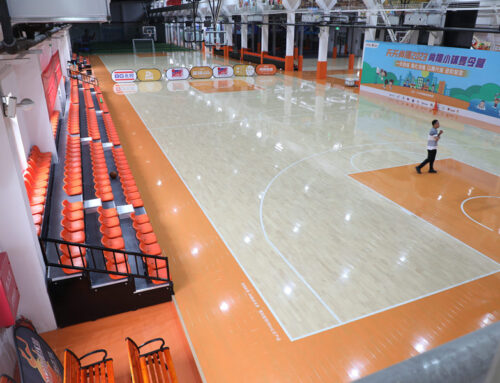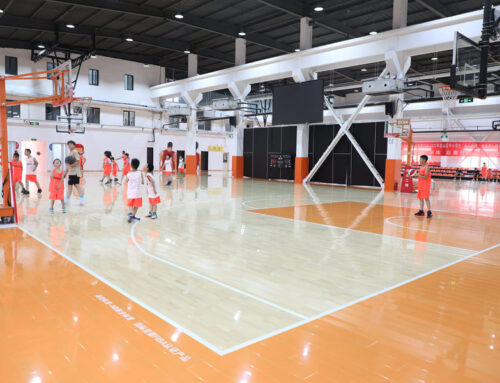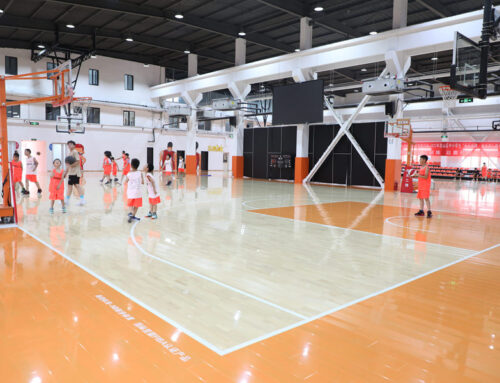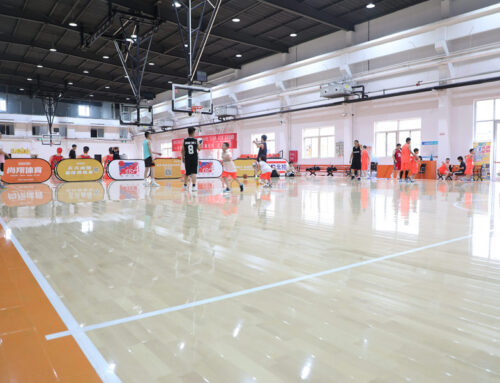Alright, let me walk you through how I tackled building that shock-absorbing basketball plywood floor in my garage gym. Started simple but man, it got fiddly.
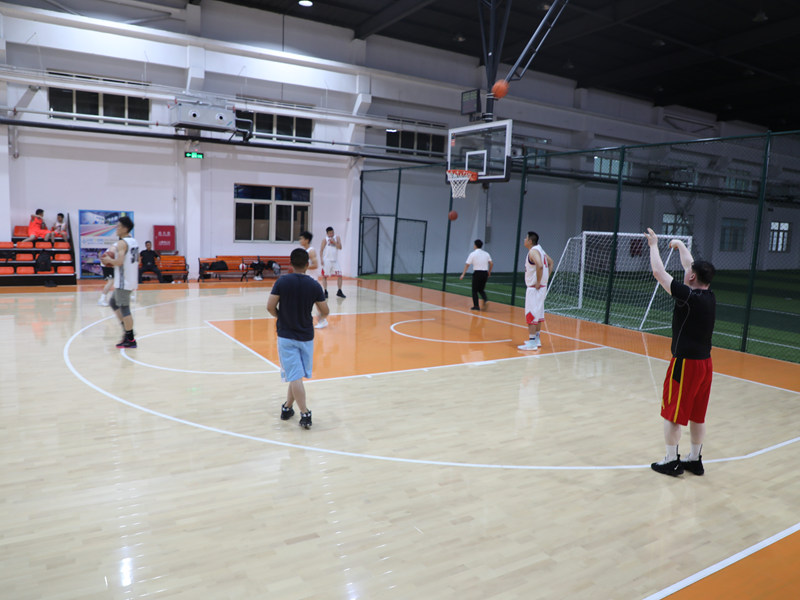
Ripping Up The Mess First
The old concrete floor sucked. Jumping felt like slamming your heels into stone. My knees were screaming after ten minutes. Something had to change. So I decided I wanted that bouncy pro-court feel without going bankrupt.
Figuring Out The Squishy Bit
Heard about rubber pads under the wood – that’s the shock absorber, right? Went hunting. Found these thick, dense foam blocks sold as “underlayment” meant for basement floors. Felt pretty sturdy yet had a definite squish to them when I pressed down. Grabbed a bunch. Cheap too.
First Big Oopsie: Just slapped some old plywood sheets I had lying around straight onto the foam blocks. Thought, “Easy win.” Walked on it… and it flexed like wet cardboard! Totally unsafe for hoopin’. Almost ate concrete. Nope nope nope. Needed thicker, rigid wood.
Building the Beefy Base
Ditched the weak plywood. Treated myself to proper 3/4 inch thick plywood sheets – the industrial stuff. Felt solid just carrying it. Laid down the foam blocks first, spacing them out like a checkerboard across the whole area where the court would be. Spaced them about a foot apart front-to-back and side-to-side.
Then, the real sweat started:
- Measured the garage space. Twice. Still managed to cut the first plywood sheet an inch too short.
- Used a circular saw to chop the giant sheets into manageable 4×4 foot panels. Sawdust everywhere.
- Lugged each heavy panel onto the foam blocks.
The Lockdown
This was the tricky part. Panels couldn’t just float; they needed to link up tightly so no tripping gaps.
- Started on one corner. Placed panel one flat on its foam blocks.
- Got Panel two right next to it, edges touching.
- Drilled pilot holes through the edge of Panel two into the edge of Panel one. Slightly downward angle.
- Screwed in massive wood screws every foot along the edge – pulling them tight together. Used washers so the screws didn’t just sink into the wood.
- Repeated panel after panel, row after row. Arms felt like noodles by the end.
- Made sure the screws ONLY went through the plywood edges, not down into the foam blocks. That would kill the bounce. Messed this up once – heard the foam crunch under the screw. Had to unscrew it and try again a spot over.
The Moment of Truth
Finally covered the whole court area with these screwed-together plywood panels sitting on top of the foam grid. Swept off the sawdust. Grabbed the ball.
Dribbled. Felt totally different – solid, stable, NO flexing like the flimsy stuff. Then jumped and landed. Boom. That harsh slam was gone. It was a softer thump. You could feel the foam taking the edge off right up your legs. Played a rough 30 minutes testing it out. Afterwards? Knees felt way better than they ever did on concrete.
Is it perfect? Nah. You can just feel the slight seams under your shoes where the panels meet. Looks like a patchwork quilt made of plywood. But dang… it works. The shock absorbing part? Success. Worth the sawdust lung and sore shoulders. Next maybe figure out how to make it look prettier.

